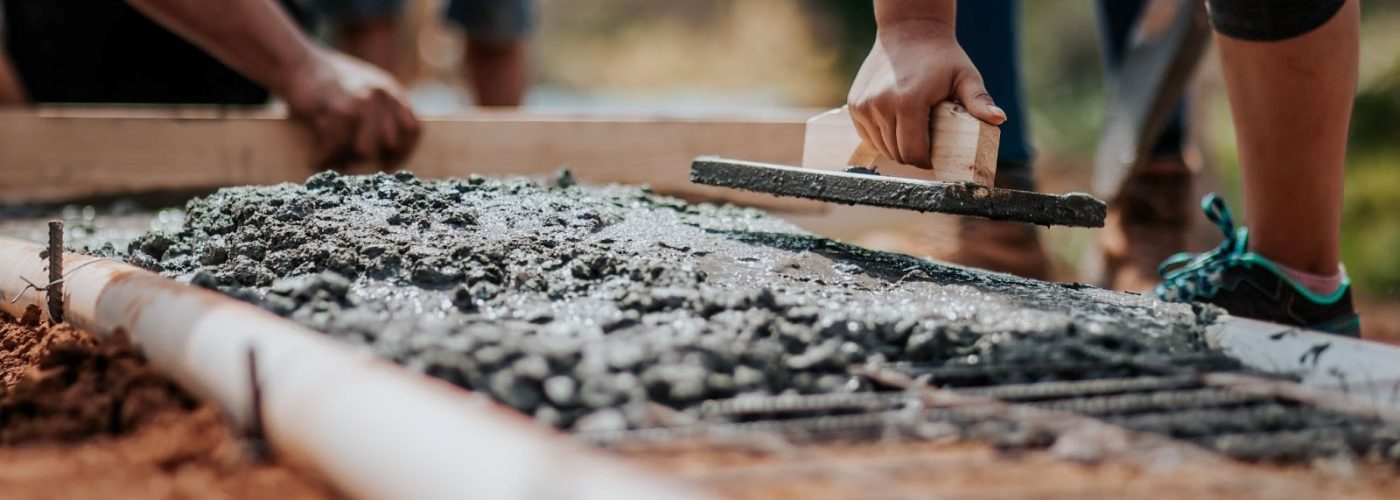When deciding to put up a garden shed, you must first decide what type of base to put it on. There are many factors you need to consider when making this choice. The most crucial factor is the type of soil your garden is in. If your soil is soft and wet, you will need to choose a different base than if your soil is dry and sandy. Here are some of the most popular choices for garden shed bases.
1) Concrete Shed Base
Concrete is one of the most popular choices for garden shed bases. It is strong and durable, so it can support a lot of weight. It is also easy to clean and maintain. Consider a few things before choosing concrete as your garden shed base.
The first thing you need to consider is the size of your shed. Concrete is an excellent choice for large sheds, but it may be too heavy for small sheds. You also need to consider the weight of your shed. If it is too heavy, the concrete may crack.
The next thing you need to consider is the climate. Concrete may not be the best choice if you live in an area with a lot of snow and ice. Alternatively, it can also crack in extreme heat.
2) Plastic Shed Base
Plastic is another popular choice for garden shed bases. It is lightweight and easy to install. Plastic is also a good choice for areas with a lot of snow and ice. However, it can crack in extreme heat.
The most significant advantage of plastic is the cost. A Plastic Shed Base is one of the cheapest materials you can use for your garden shed.
3) Wood Shed Base
Wood is a classic choice for garden shed bases. It is strong and durable. It can also be used to build the shed walls and roof. The only downside is that it is susceptible to rot and insect damage.
If you choose to use wood for your garden shed base, make sure to treat it with a waterproofing sealant. This will help extend its life. You should also consider using pressure-treated lumber, which is treated with chemicals to resist rot and insects.
4) Gravel Shed Base
Gravel is a good choice for areas with dry, sandy soil. It is easy to install and maintain. Gravel is also one of the cheapest materials you can use for your garden shed base.
The downside of gravel is that it can be challenging to level. If you have a lot of uneven ground in your garden, gravel may not be the best choice. Another downside is that gravel can be a bit messy. Gravel may be tracked into your house if you have small children or pets.
There are a lot of different materials you can use for your garden shed base. The best choice for you will depend on the type of soil, the size of your shed, the weight of your shed, and the climate. Plastic or gravel may be the best choice if you are on a budget. Otherwise, wood or concrete are good choices.





